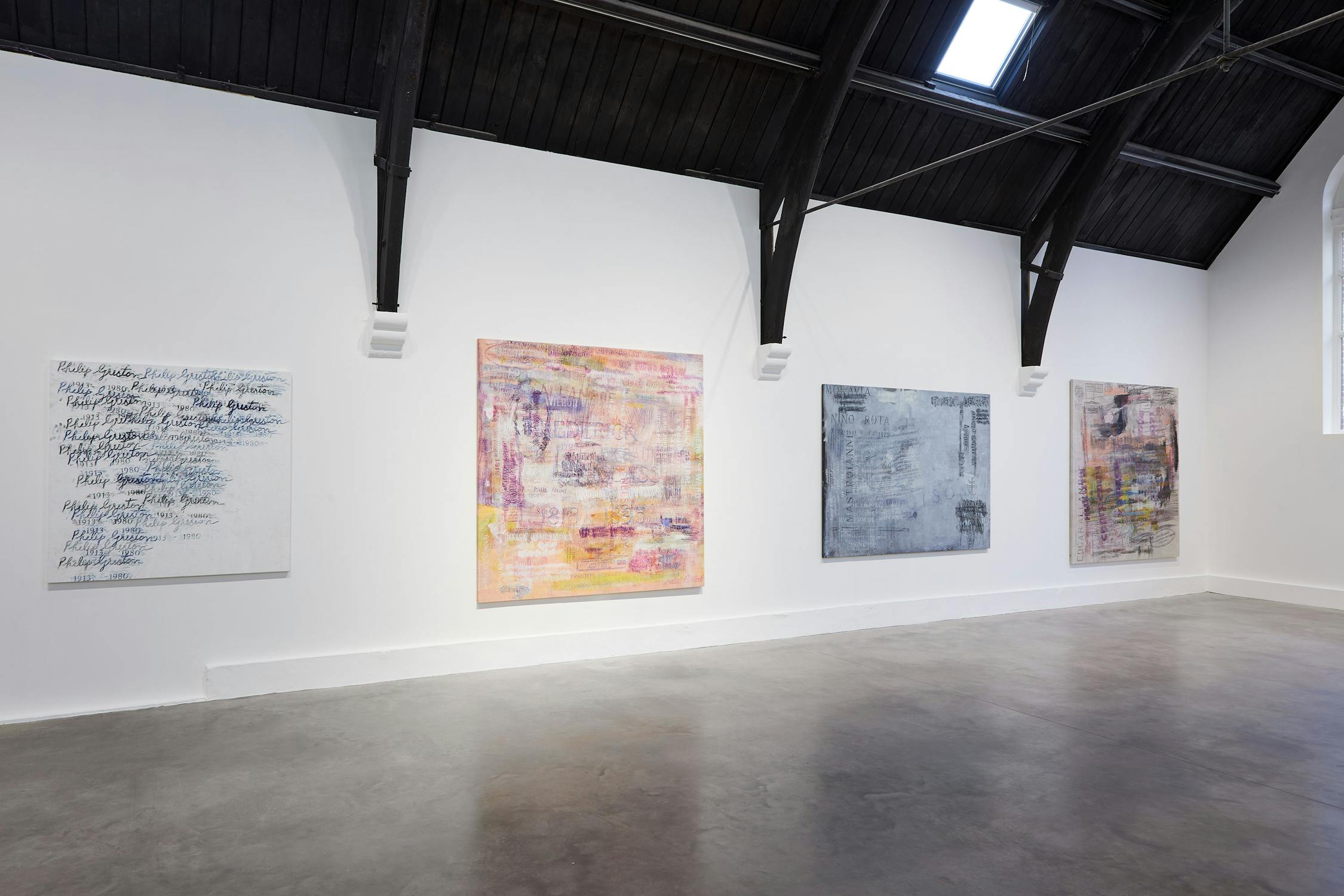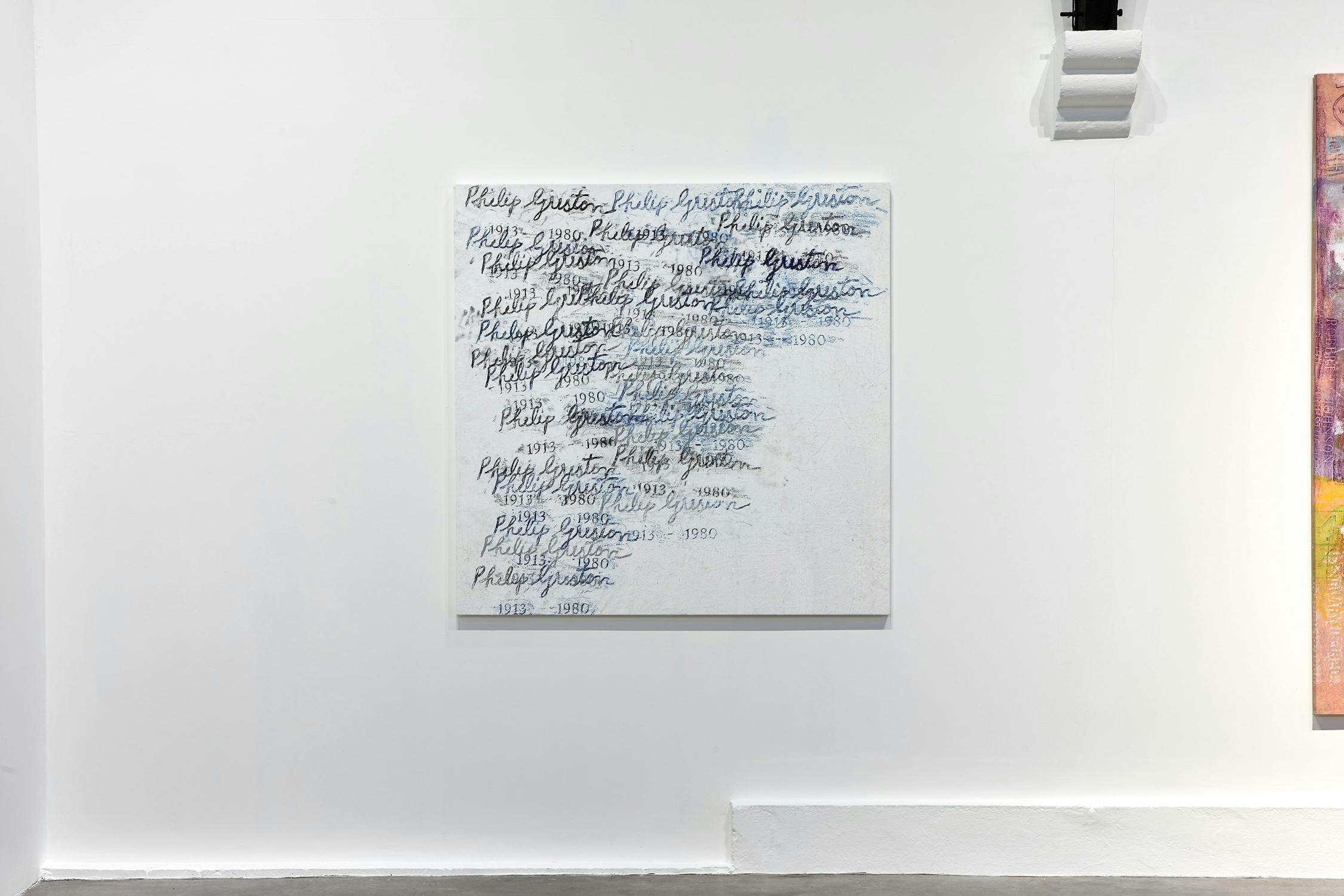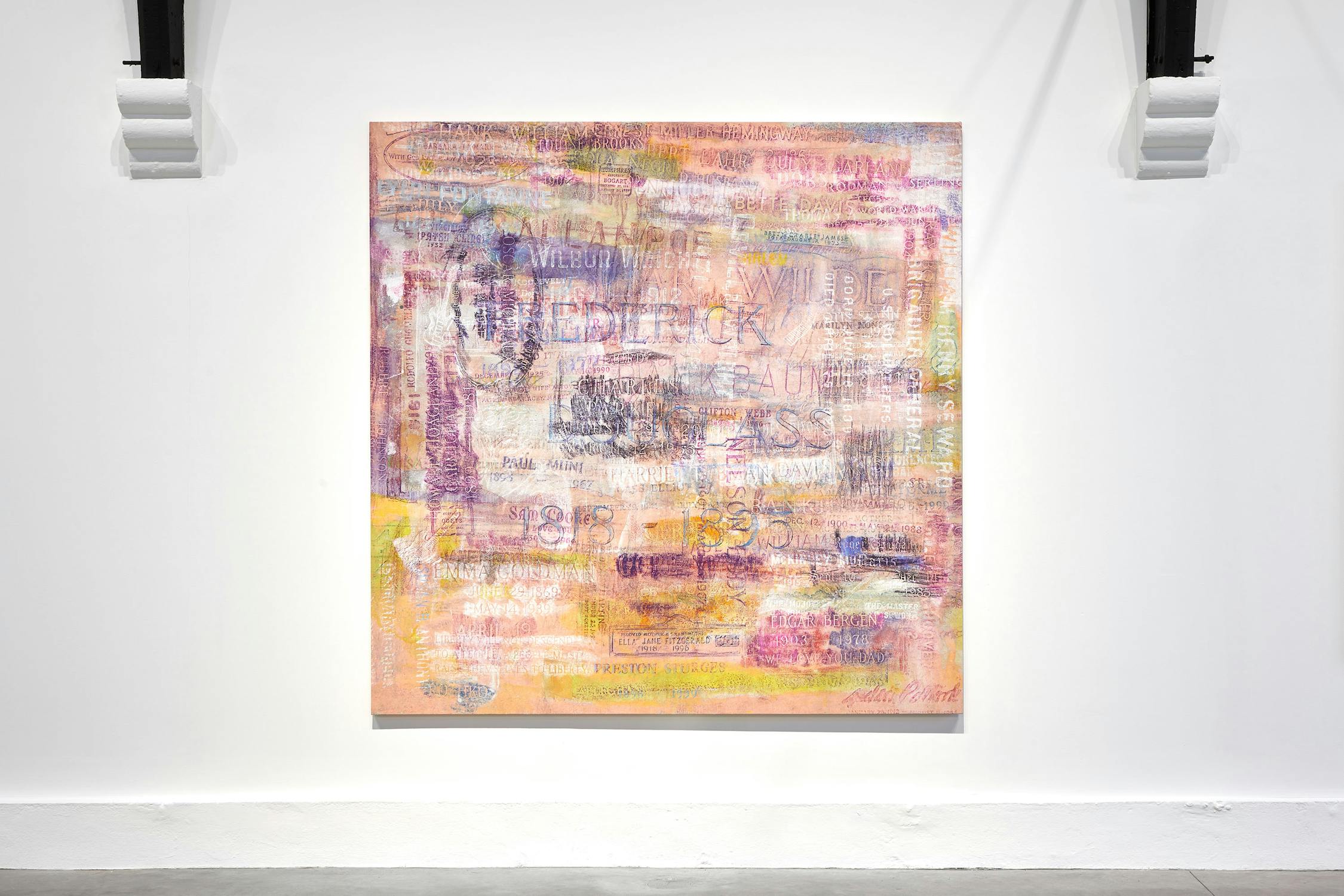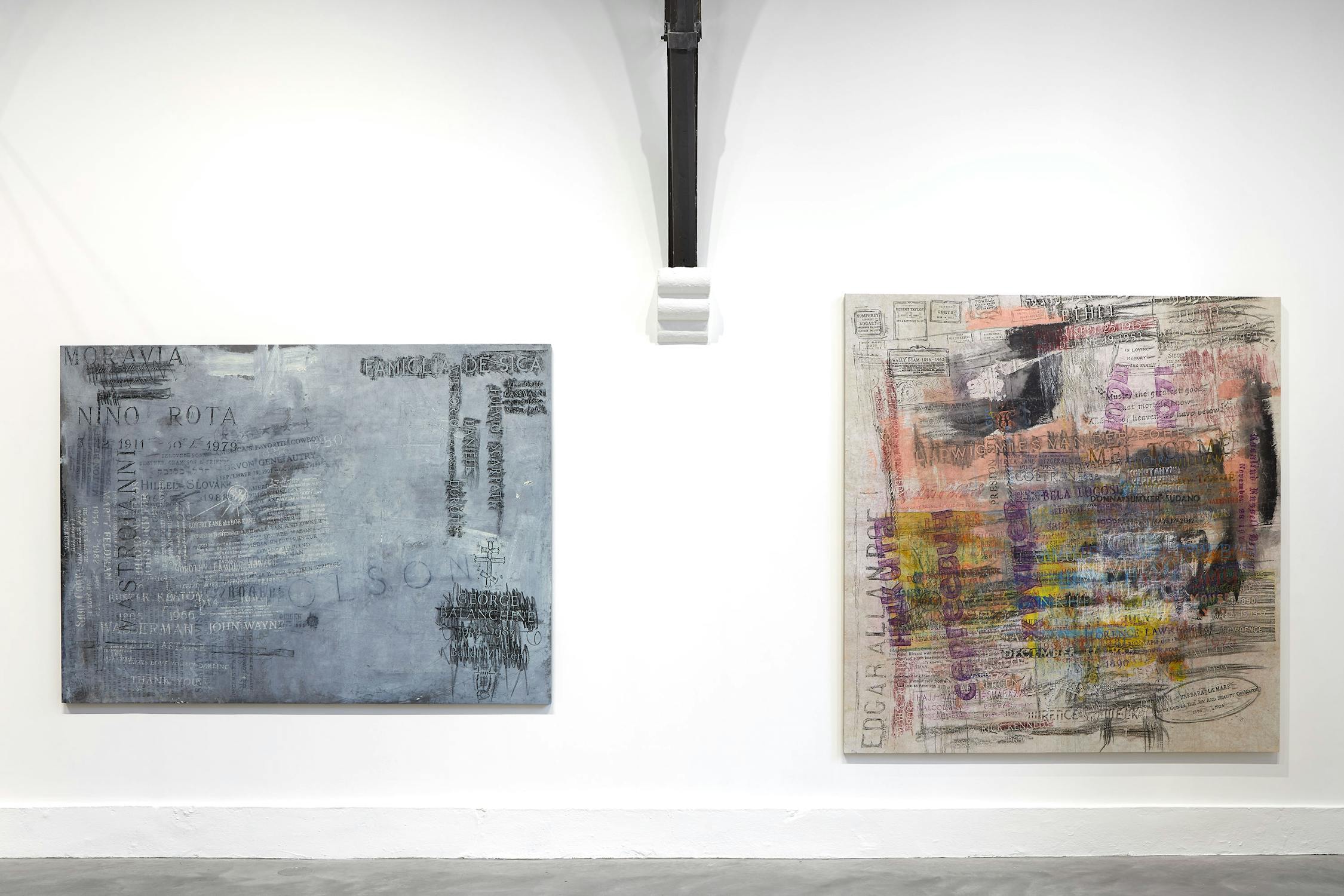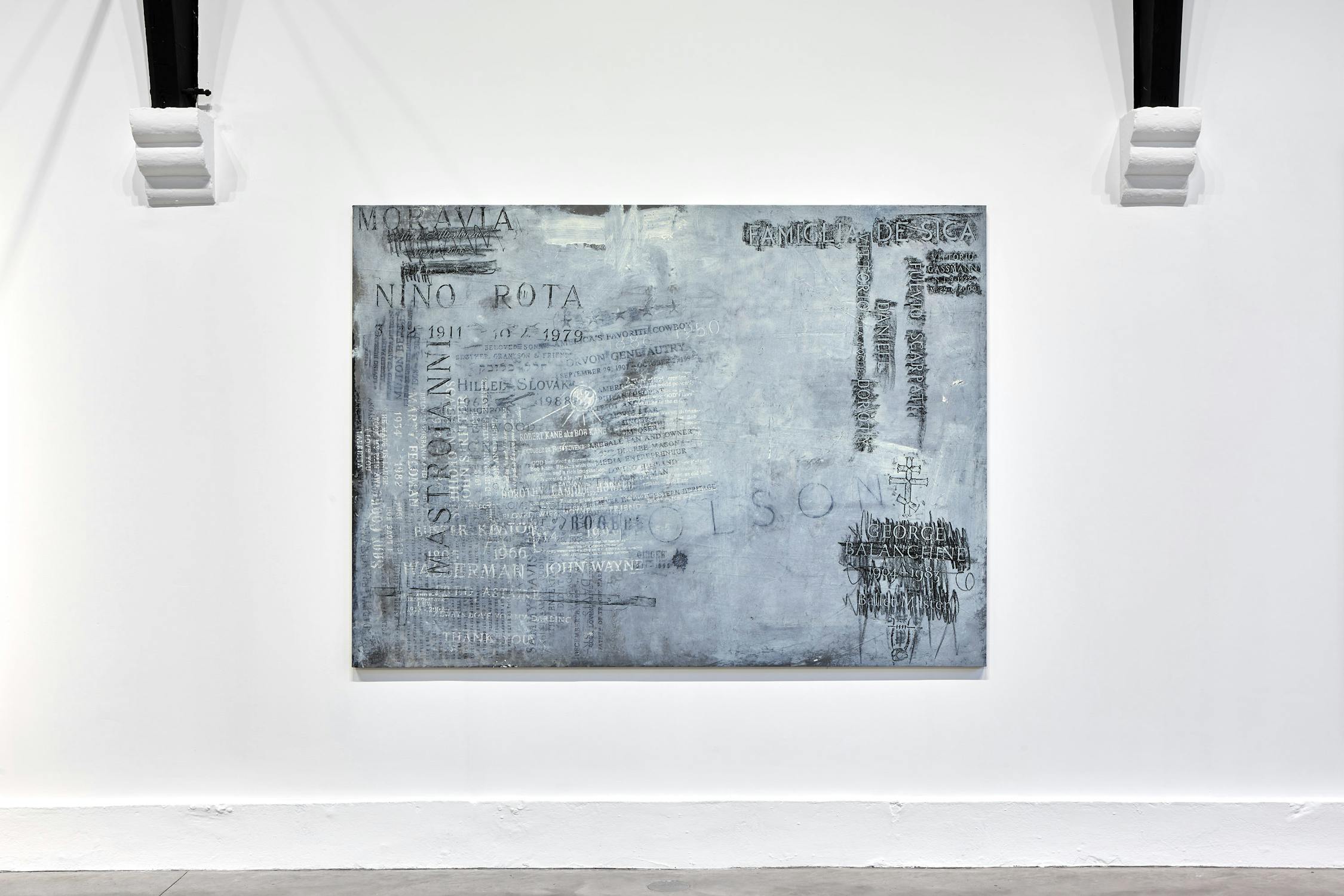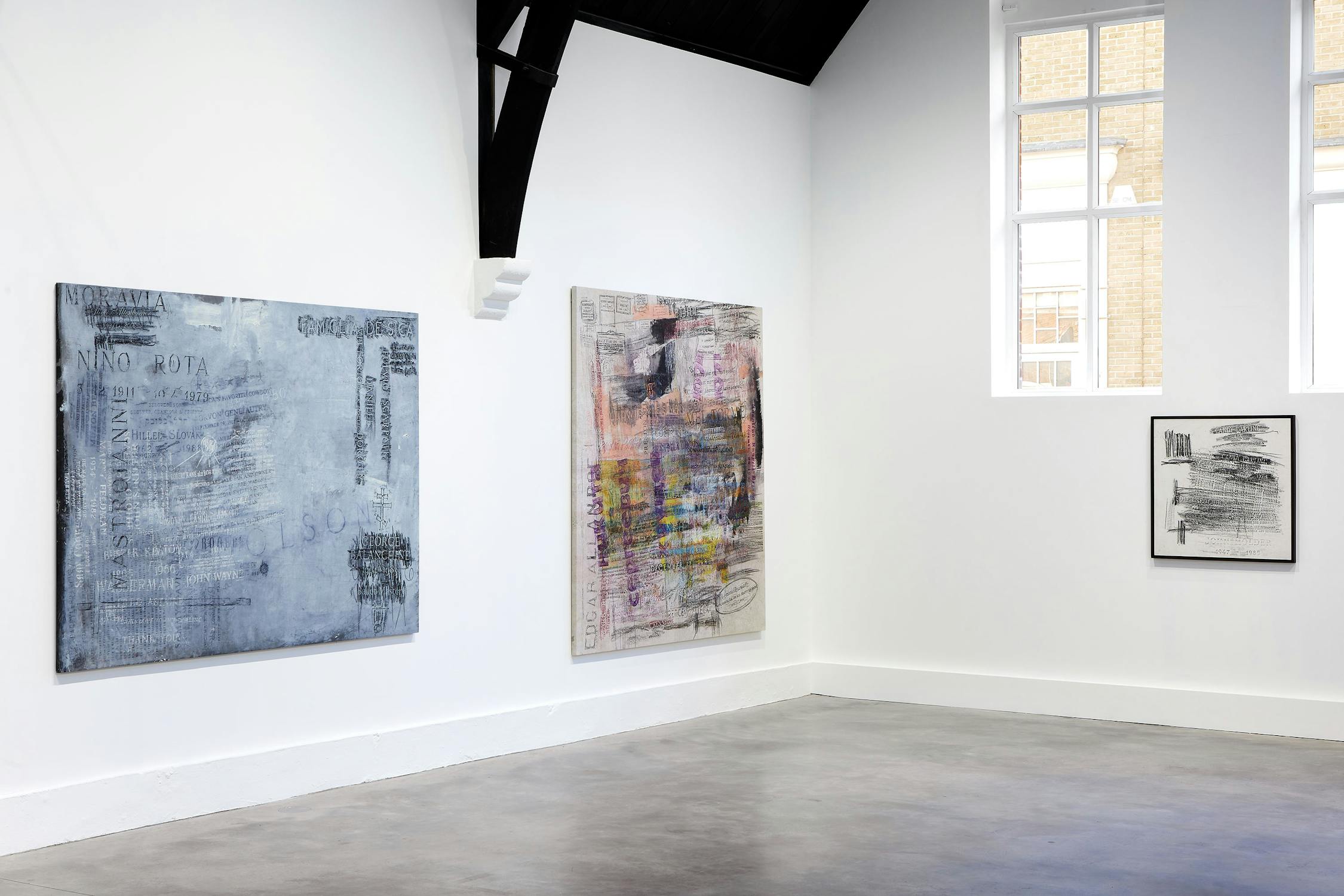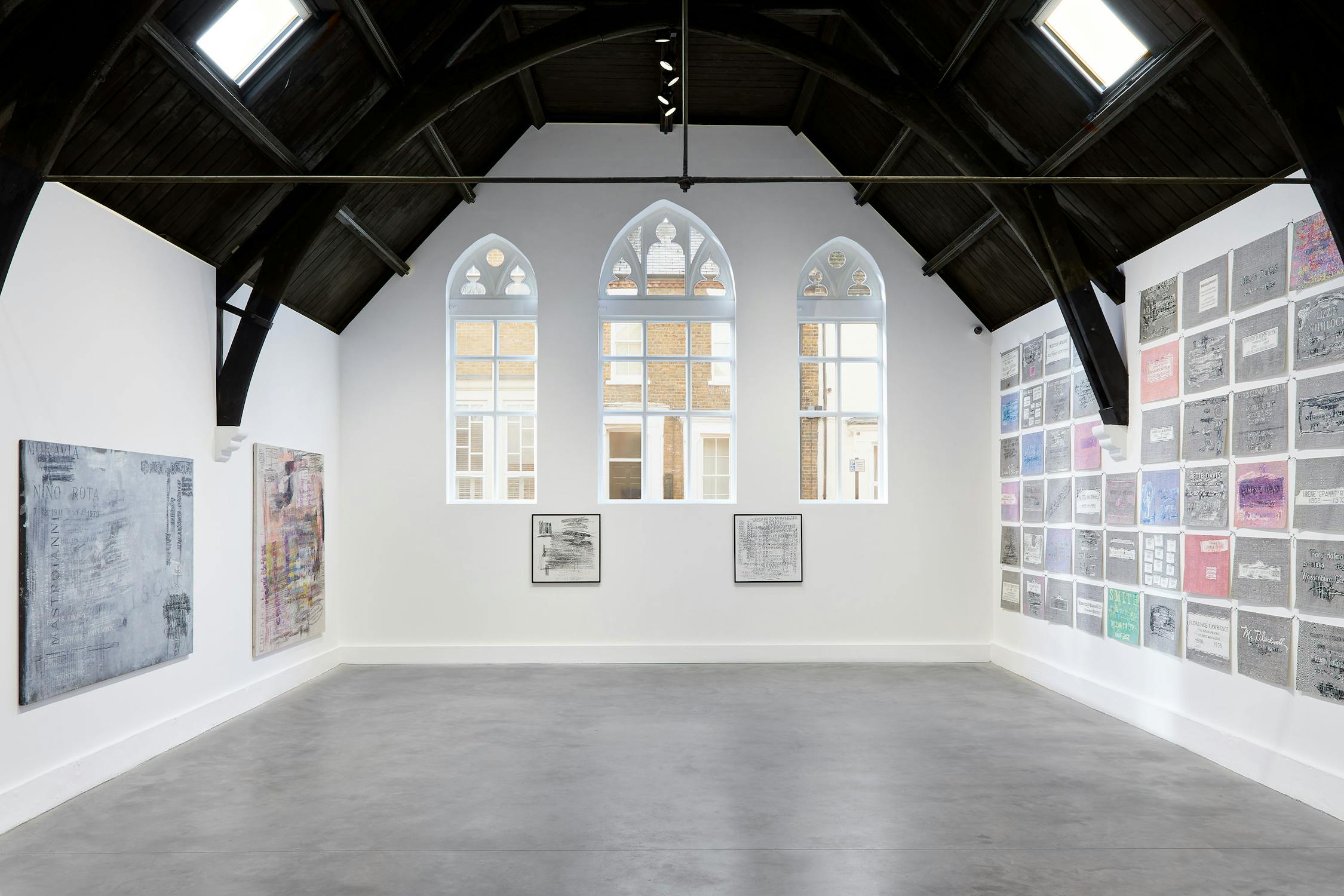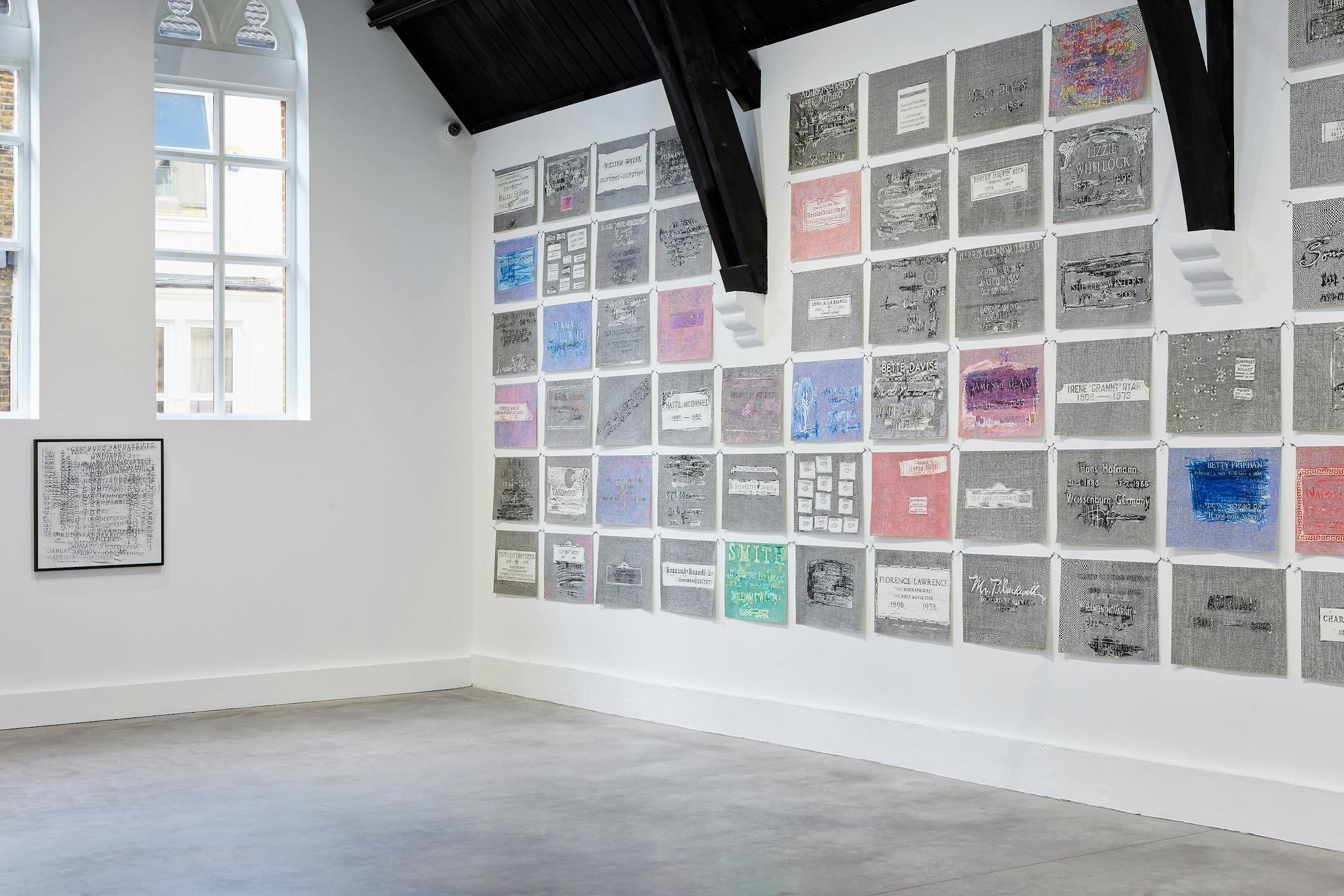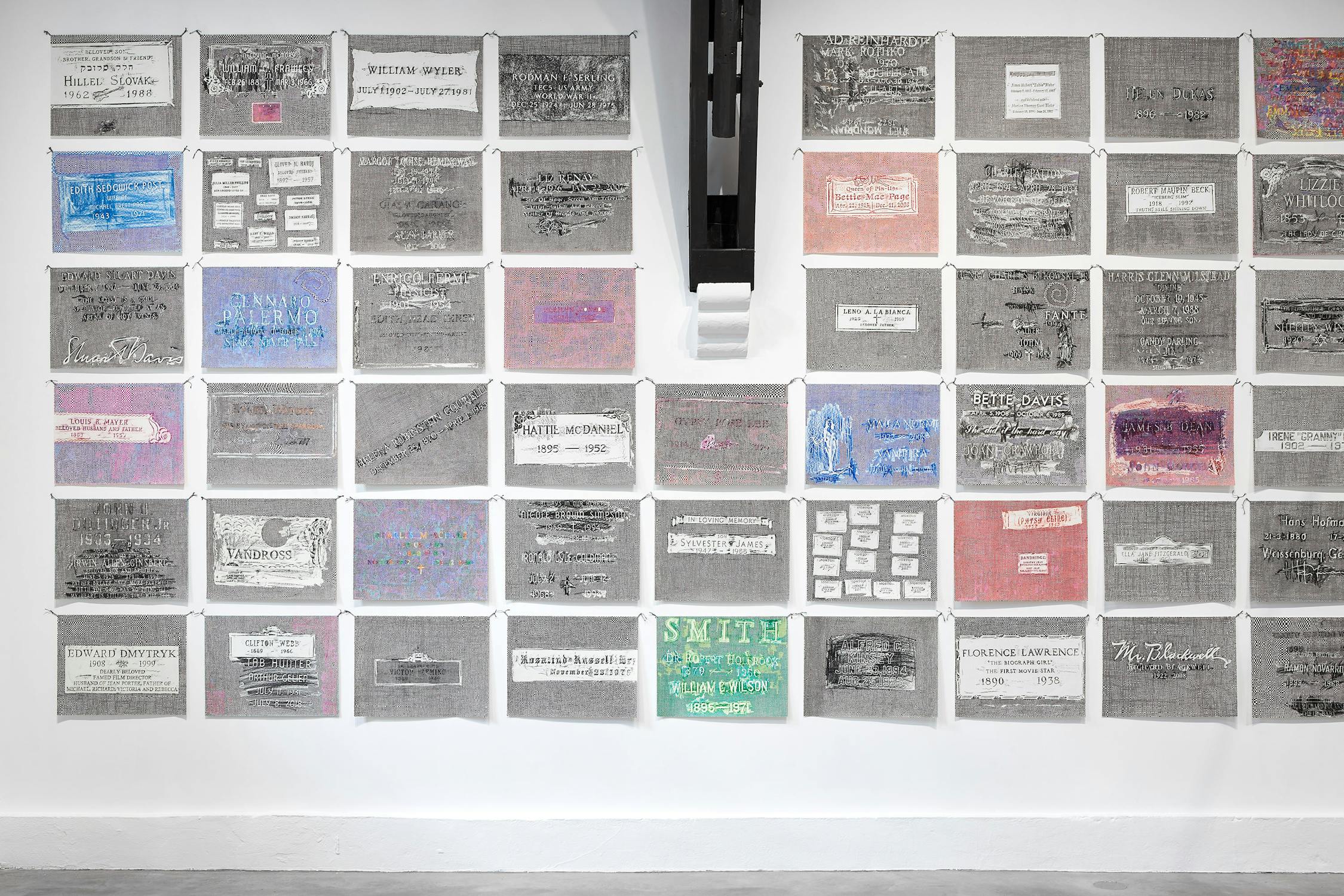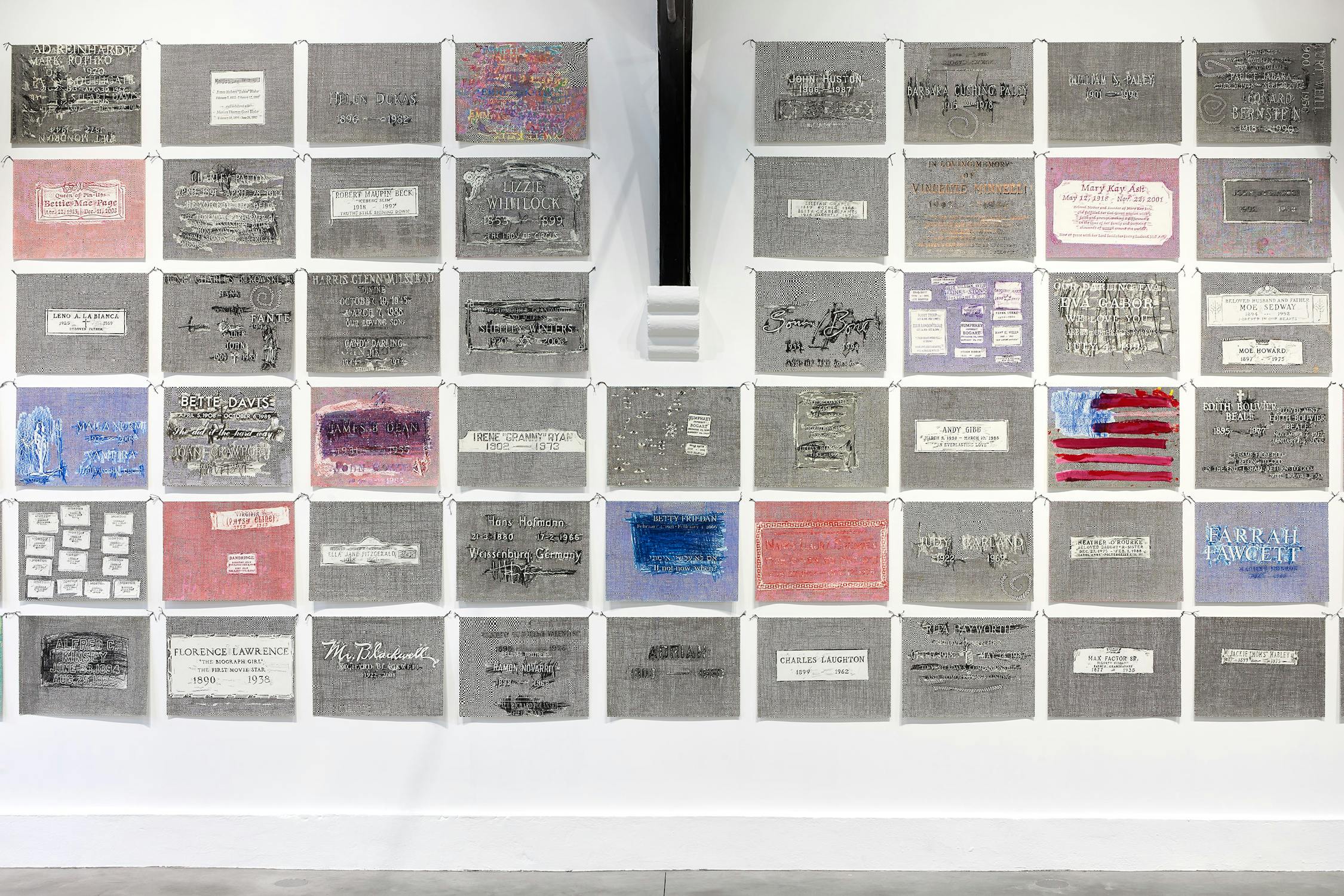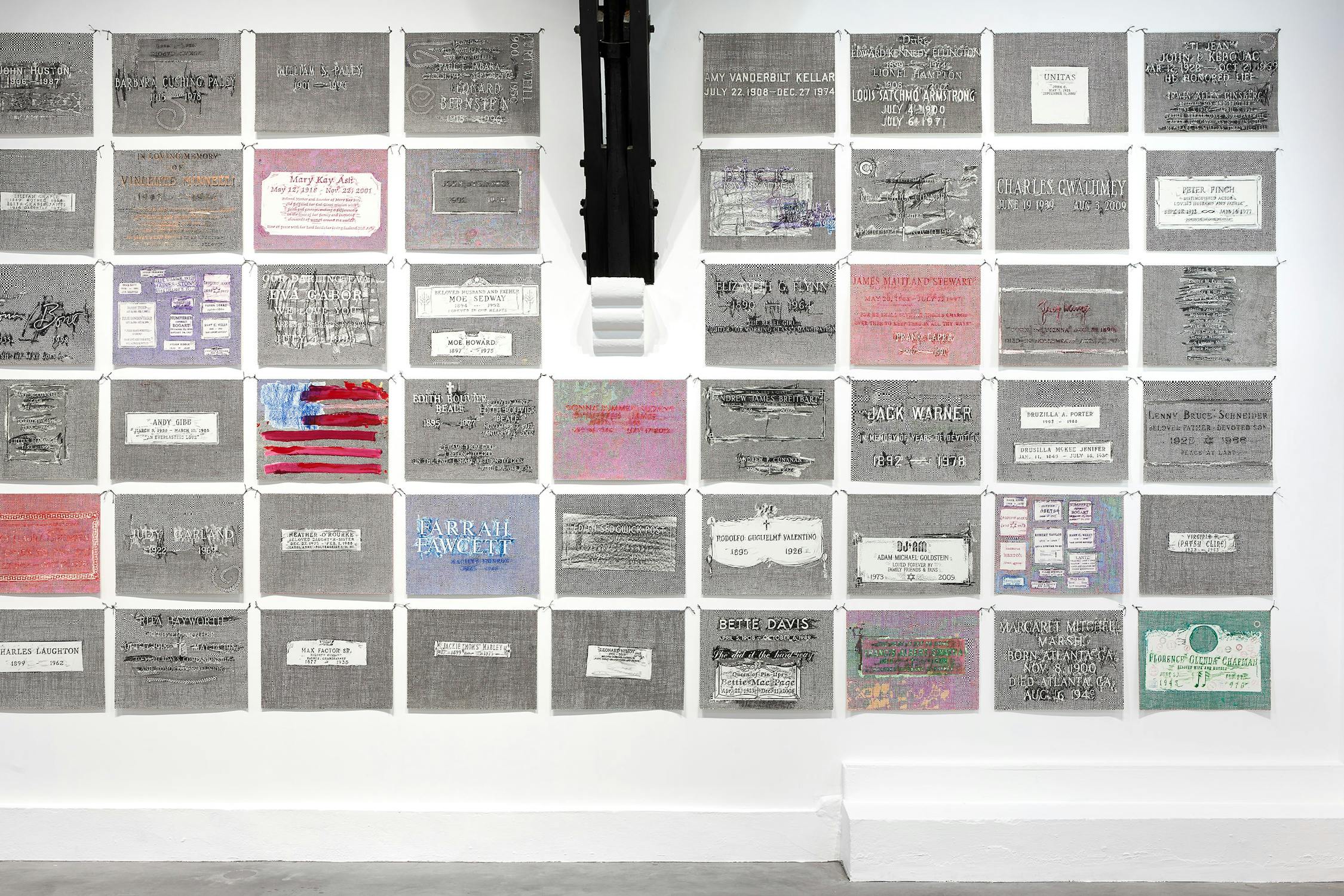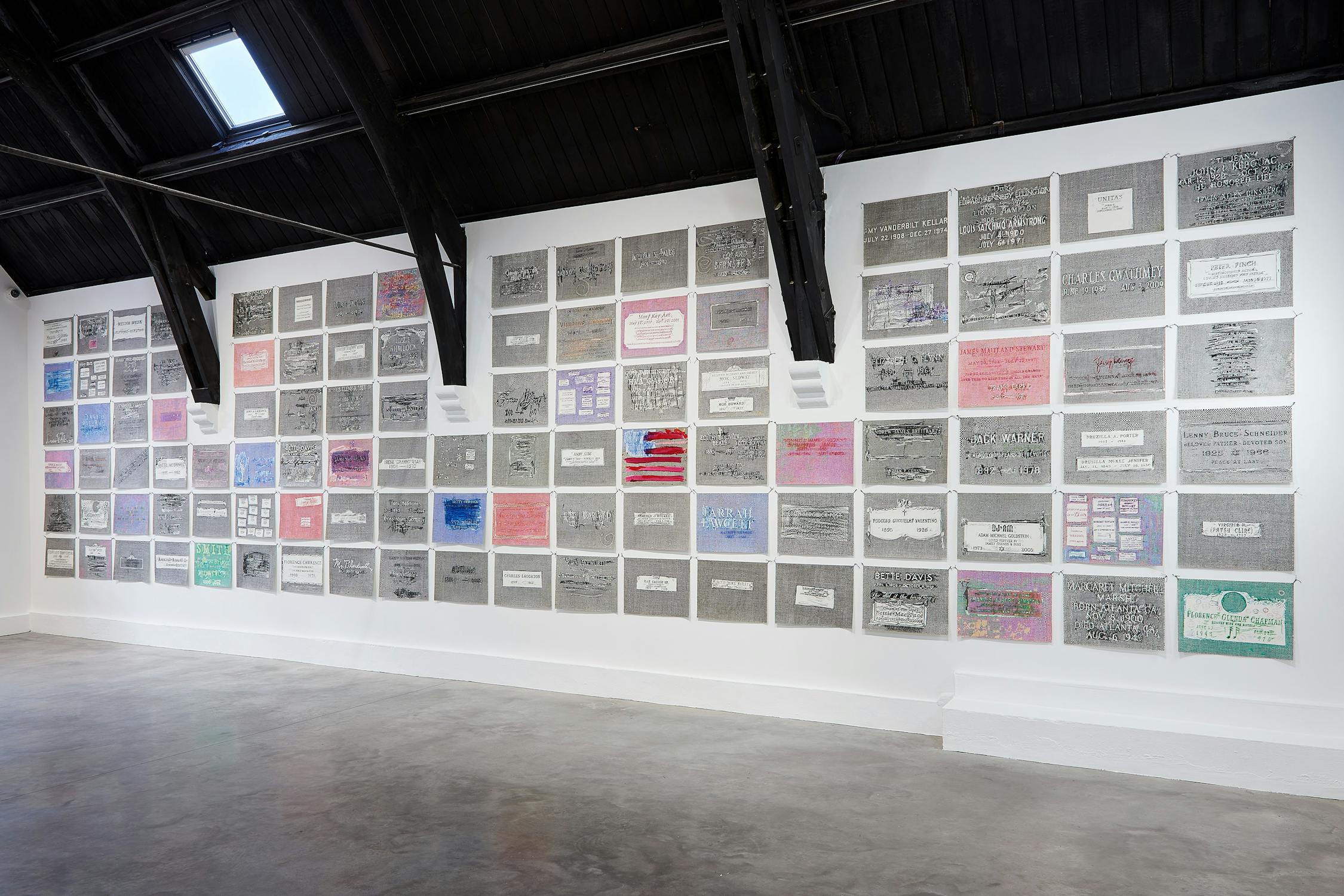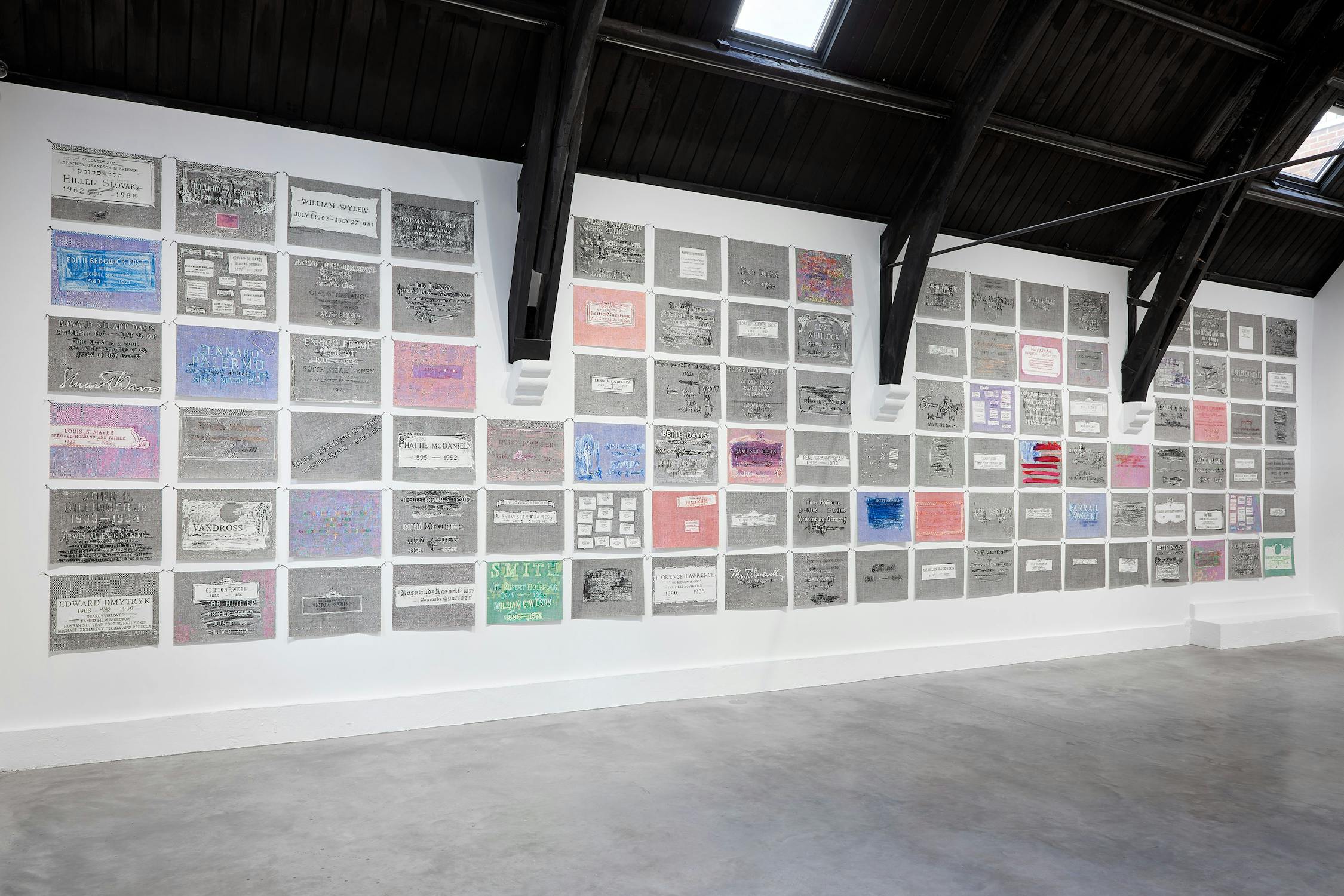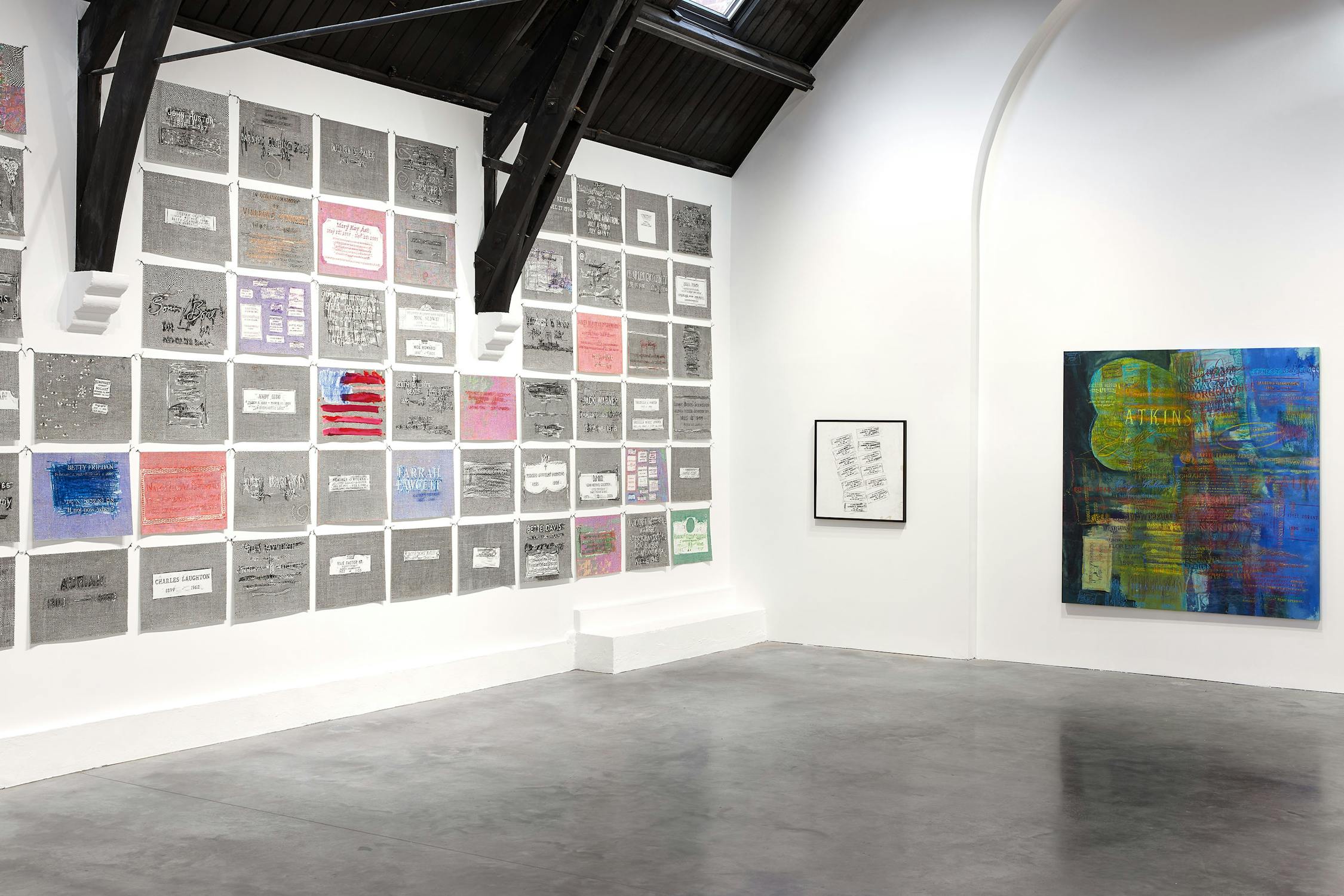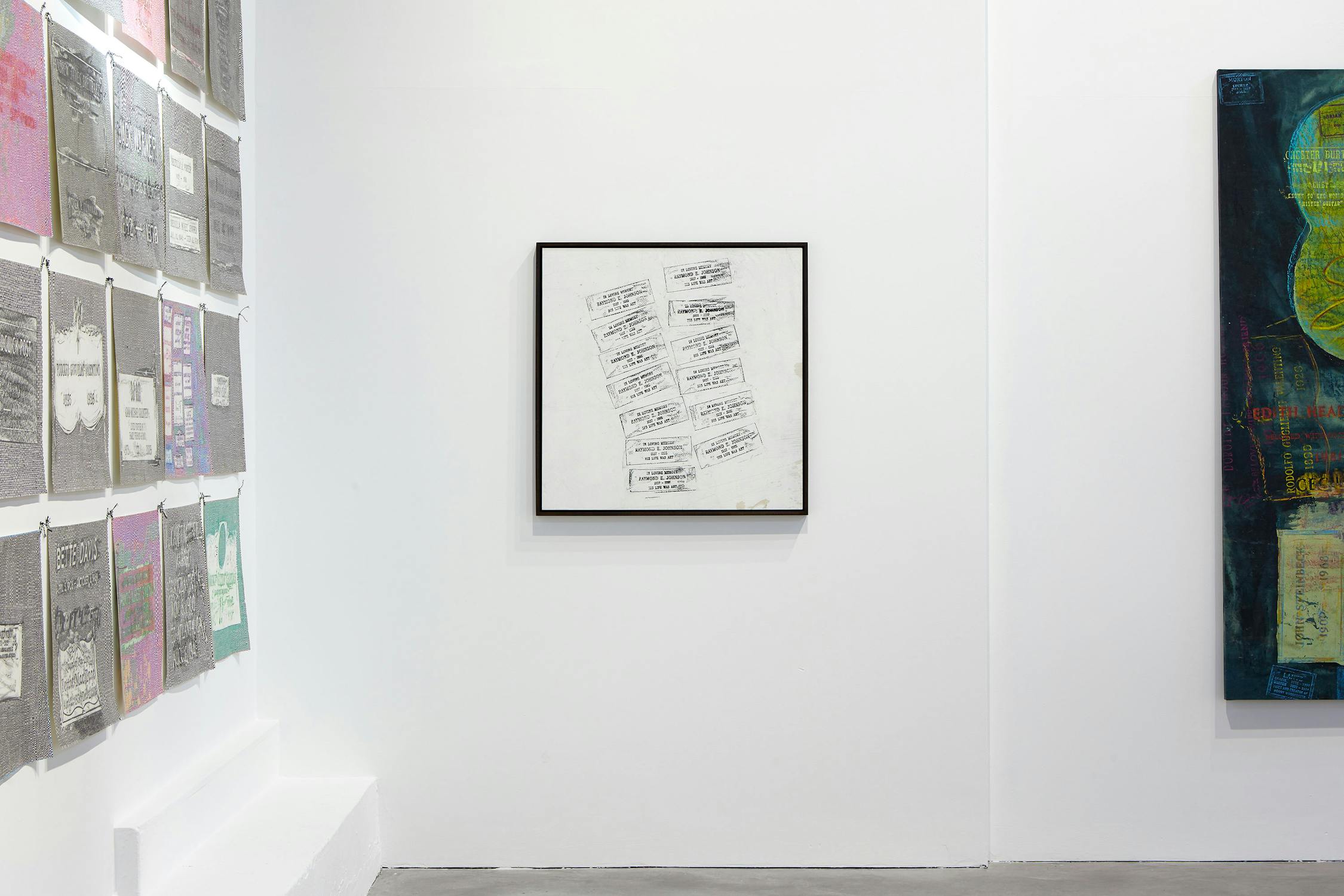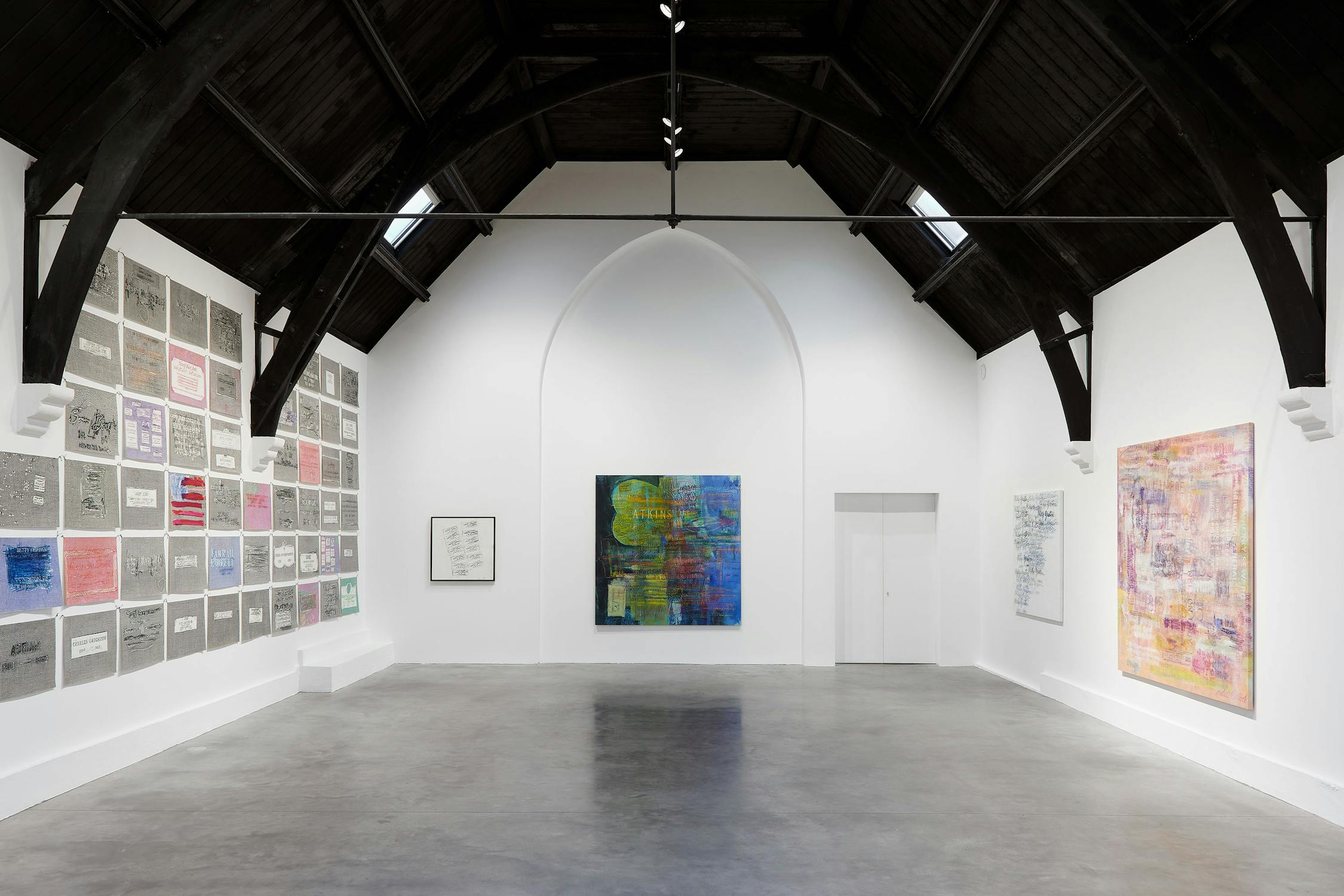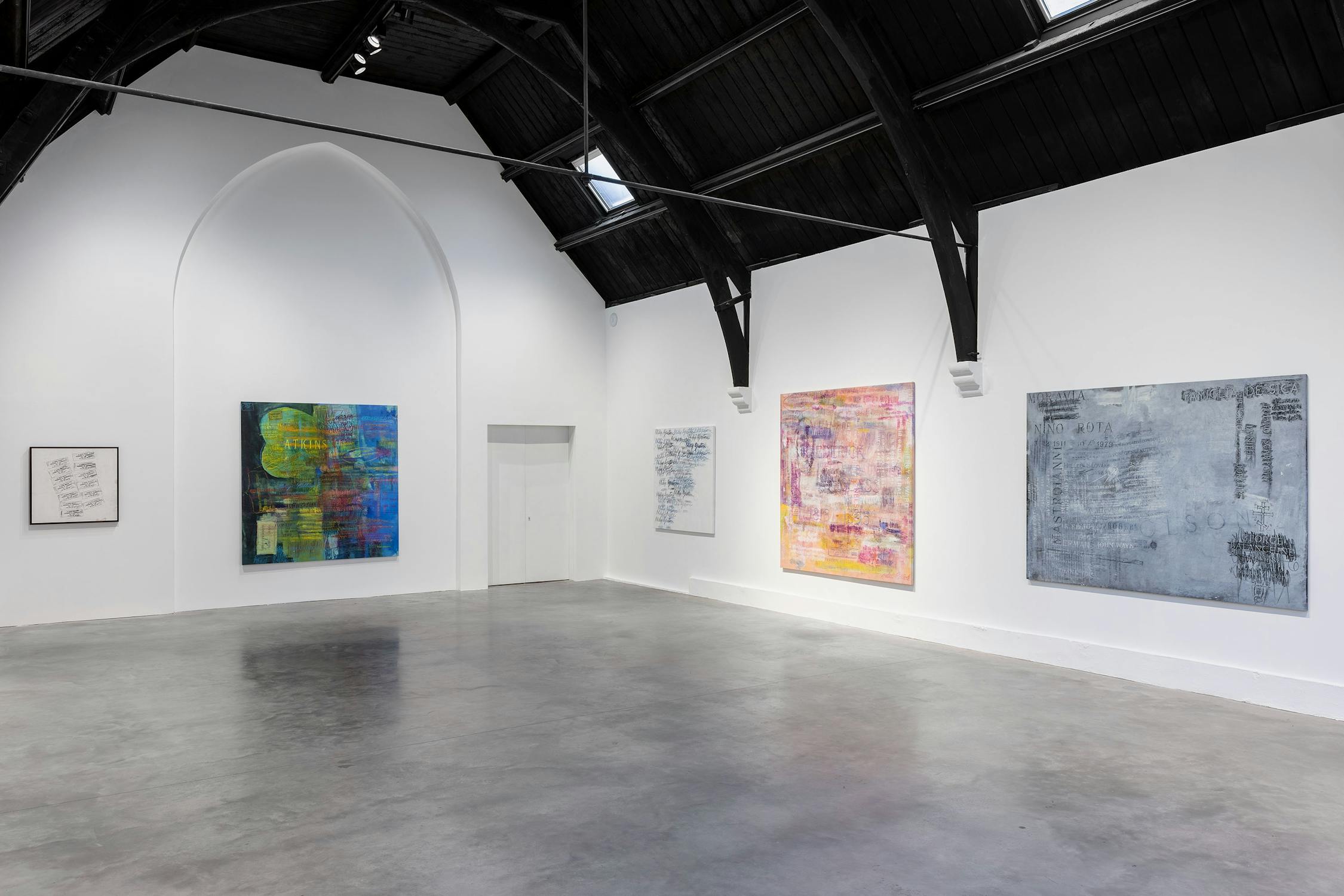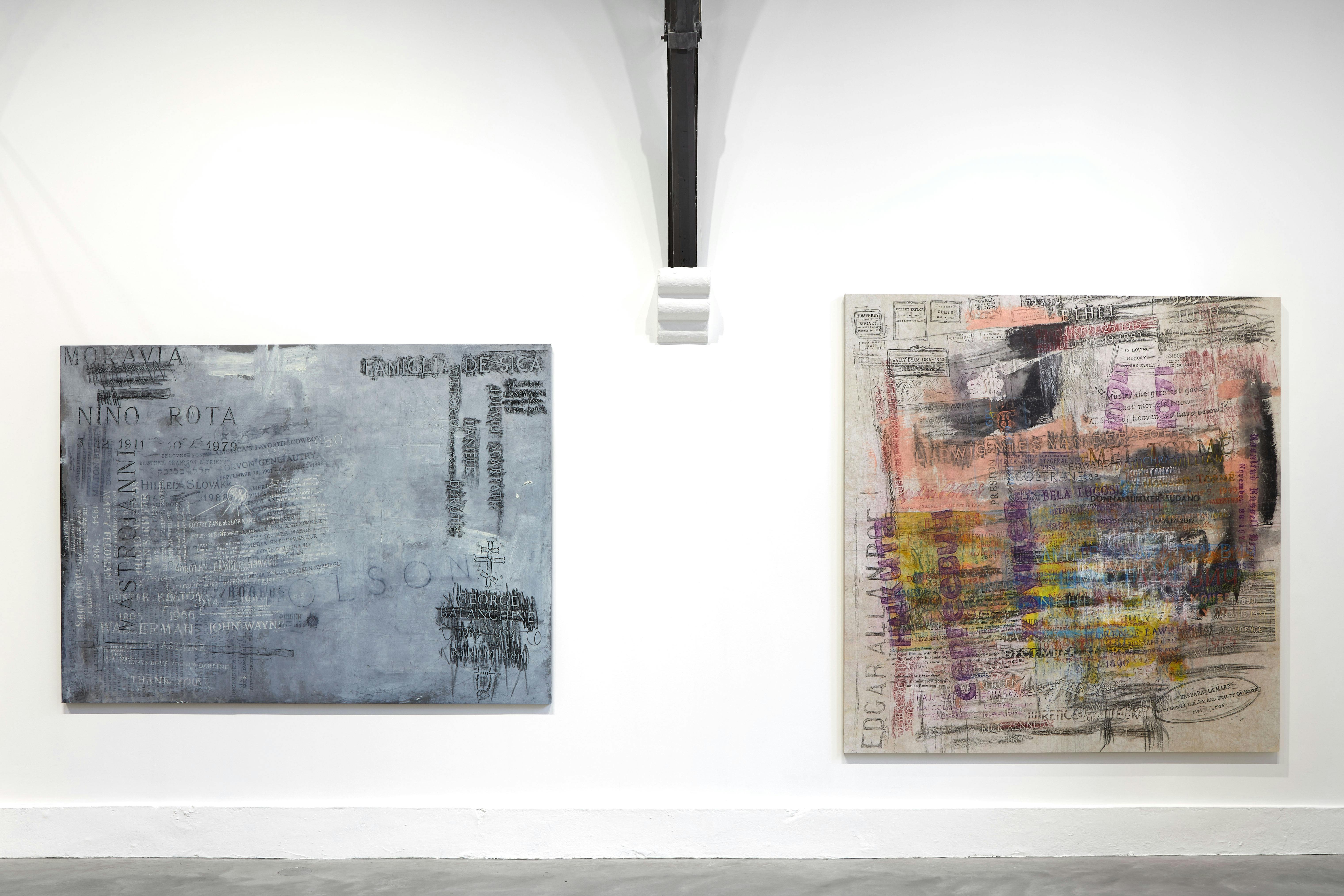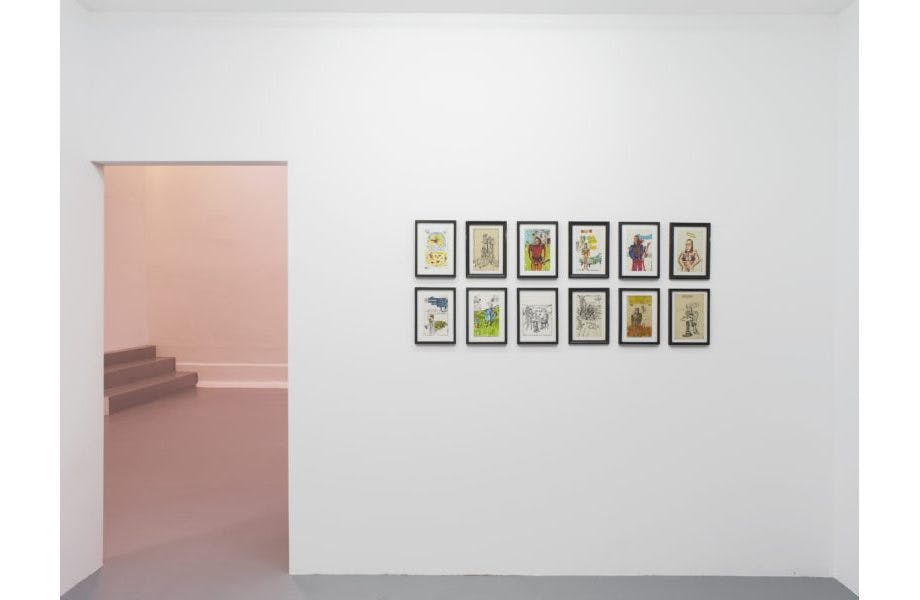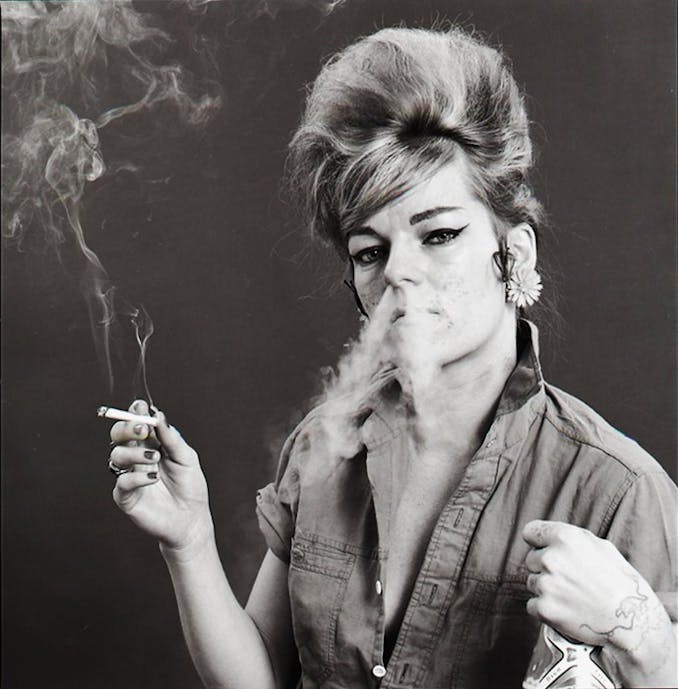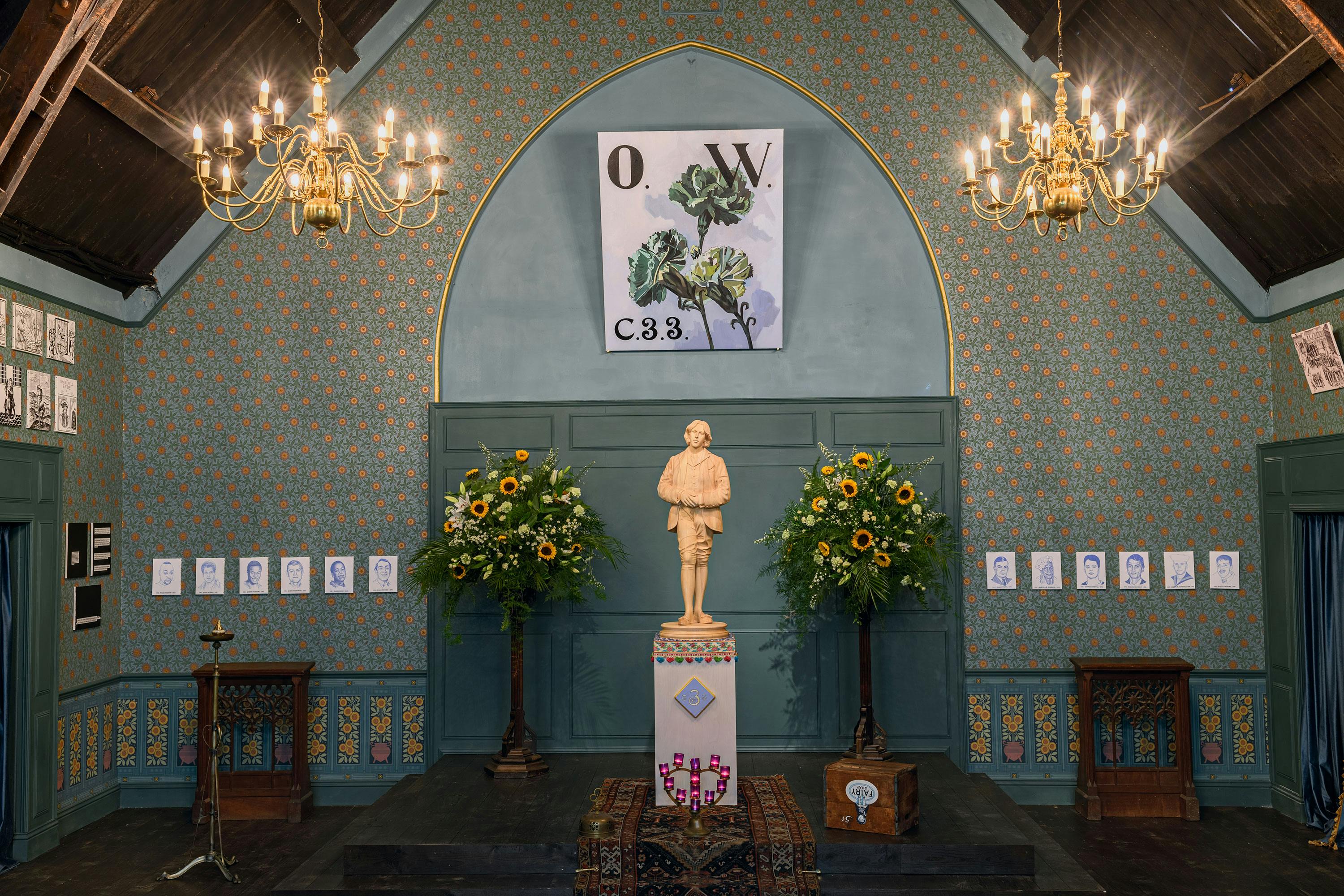This is the first-ever solo exhibition of Scott Covert (b. New Jersey, 1954) outside of the US.
For nearly forty years, Covert’s practice has largely evolved around his long-standing Monument and Lifetime Drawing series. These works on canvas and paper are composed of carefully rendered rubbings of gravestones in chalk, oil stick or charcoal, with Covert often undertaking cross–country, sometimes decades-long road trips to seek out specific subjects.
In 1985, Covert made the first of these works, The Dead Supreme, as a homage to Florence Ballard (1943–76), a founding member of the Motown act The Supremes. He has since created thousands of rubbings, cumulatively forming an idiosyncratic pantheon of public figures, Old Hollywood stars, tycoons, politicians, mystics, musicians, artists, sirens, queer icons and underground performers.
The exhibition’s largest canvases started in 1996, trace journeys to the graves of Mies van der Rohe, Ella Fitzgerald, Oscar Wilde and Frederick Douglass, the layers of names building towards gestural colour fields that knowingly engage with the history of 20th Century American abstraction. Most distinctly, Covert’s works measure distance and duration. His paintings record bi–coastal trips from California to upstate New York, Mississippi and Michigan, as well as time in South America, Europe and Russia.
In works on paper, Covert has found other methods of marking the passage of time, painstakingly filling his drawings with undulating checked patterns that take upwards of forty hours to complete. They suggest a confluence of references from folk art to psychedelia, or even the faintly obsessive qualities of fan cultures. However, the artist’s chosen methodology most closely recalls Victorian traditions of brass and grave rubbings, a popular pastime for cataloguing commemorative plaques. While there is a similar collecting impulse within Covert’s practice, he adheres to a highly personalised taxonomy.
Works may memorialise a single person; elsewhere, they are assembled associatively, with groupings organised via biography, profession or simple wordplay. One canvas combines Warhol superstars Jackie Curtis, Candy Darling and Edie Sedgwick. An arch pairing unites silver-screen legends and notorious rivals Bette Davis and Joan Crawford. Other, more antagonistic juxtapositions include conservative publisher Andrew Breitbart alongside Gianni Versace’s murderer, Andrew Cunanan.
There is a Warholian quality to the artist’s paintings, which are drawn to celebrity – and infamy. However, rather than Pop’s removed reproduction of cultural icons, Covert’s transcriptions of gravestones evidence the artist’s hand and the immediacy of his mark marking. Covert always works on site and has described how ‘The gravestone functions like the plate for a printing press. The pieces are about being there and making the visit’. Accumulating new names and meanings during his travels, Covert’s memento mori encapsulate lifetimes - both his famous subjects’ and the artist’s pilgrimages to find them.
